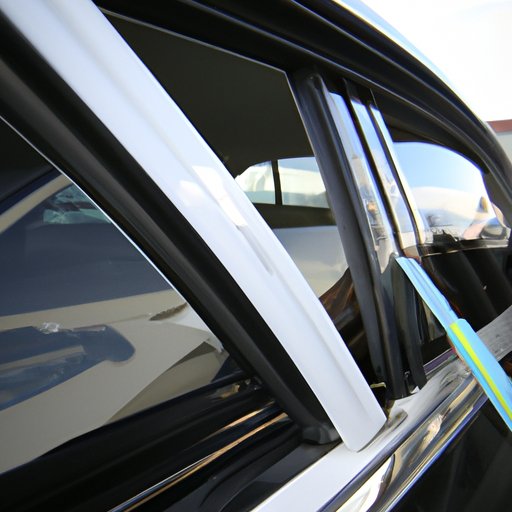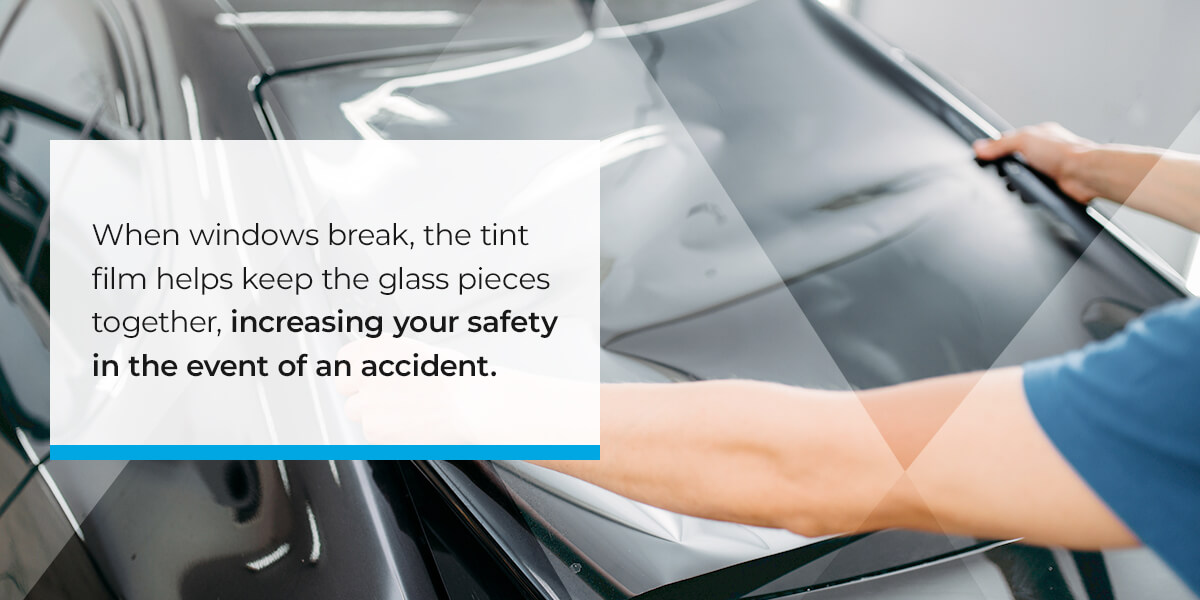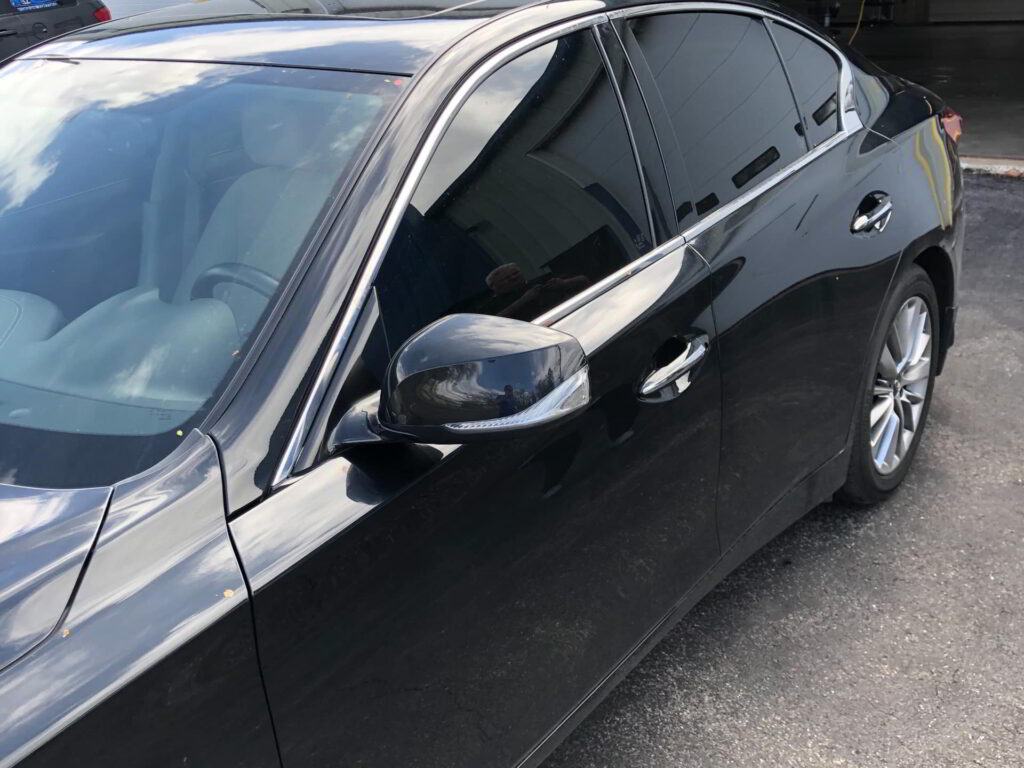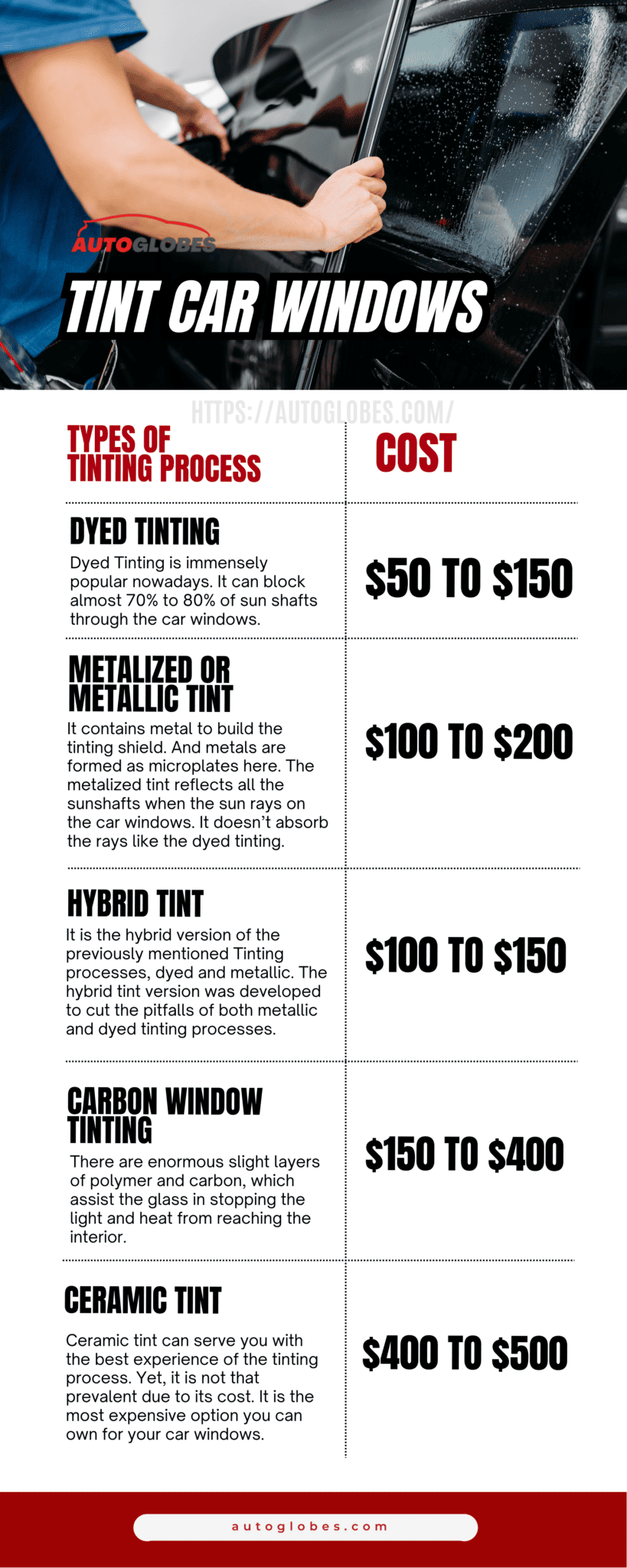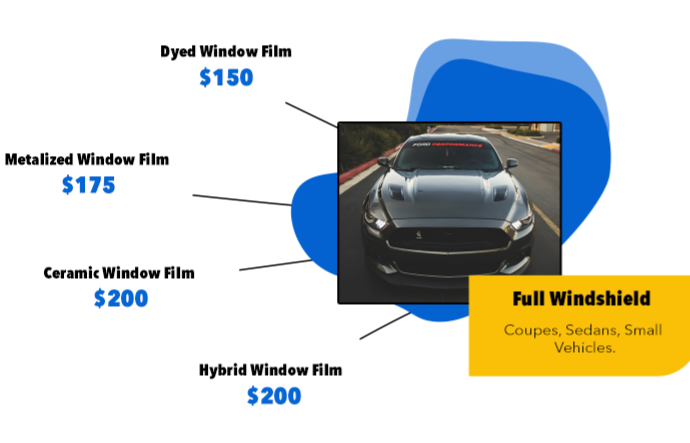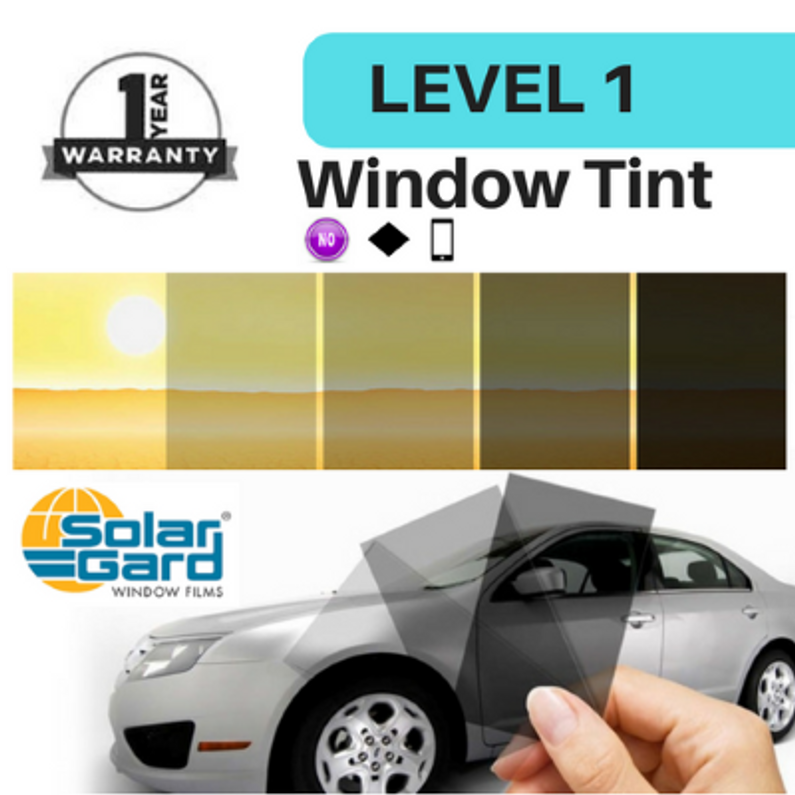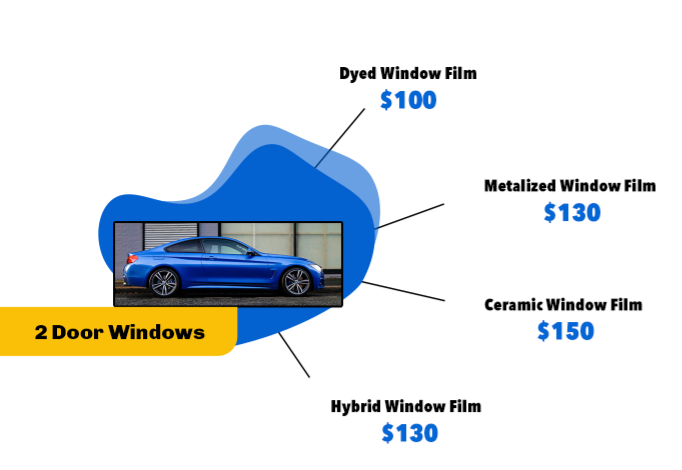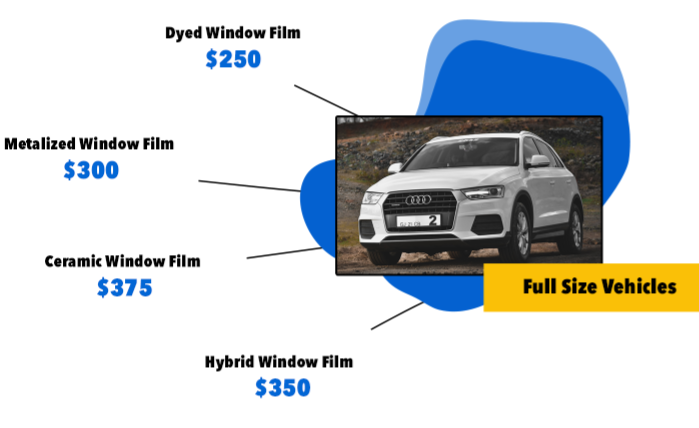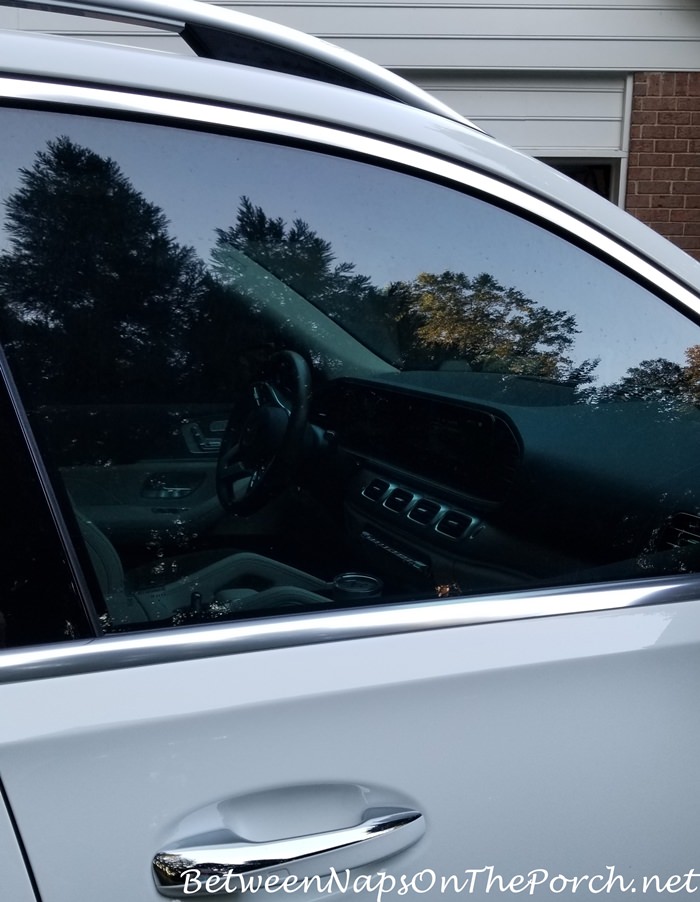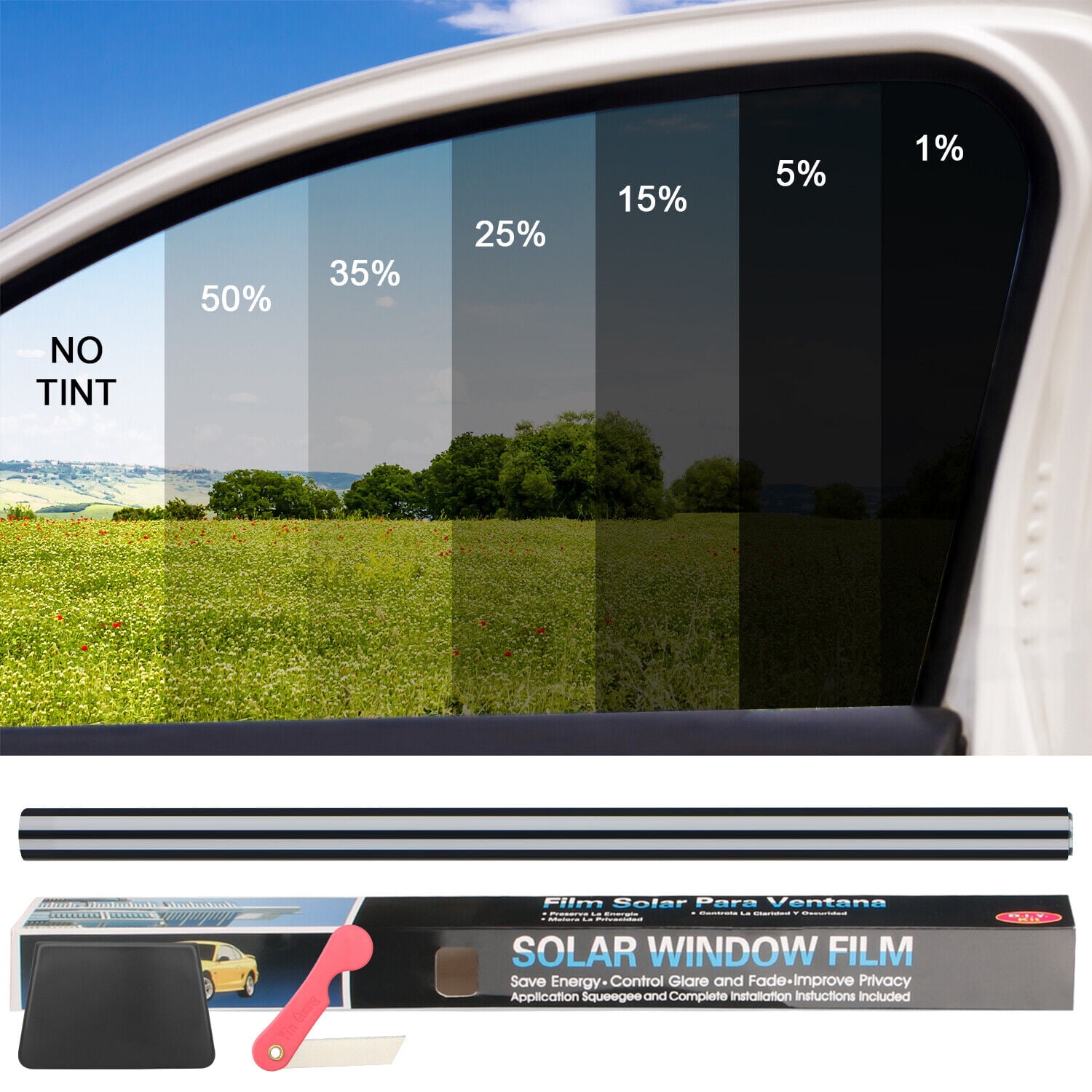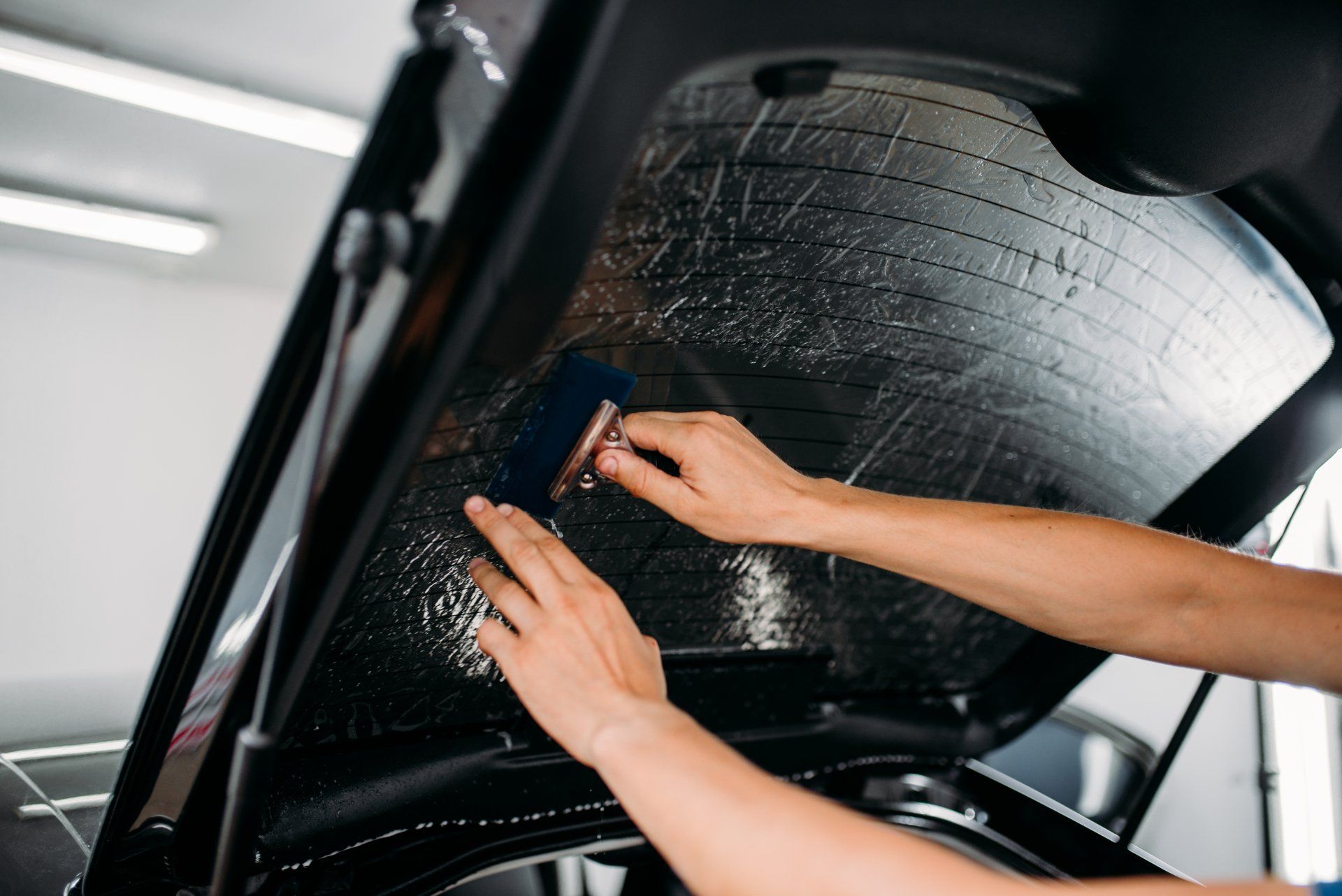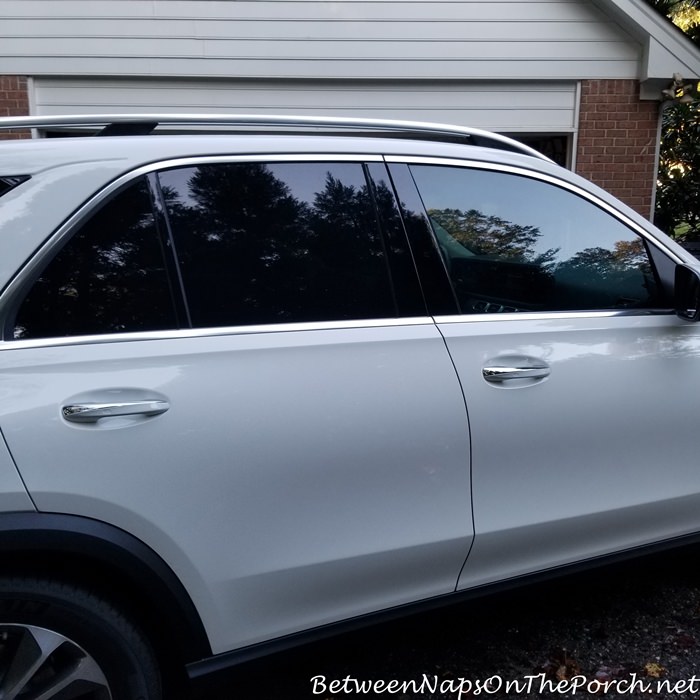How Much Do It Cost To Get Your Windows Tinted

Imagine cruising down a sun-drenched highway, the glare bouncing off every surface, making it hard to see. Now picture the same scene, but this time, a cool, comfortable shade envelops your car's interior, protecting you from the harsh rays and adding a sleek, sophisticated touch to your ride. Window tinting can transform your driving experience, but the question remains: how much will it set you back?
The cost of window tinting varies widely, influenced by factors like the type of film, the size and number of windows, the make and model of your vehicle, and the installer's expertise. Expect to pay anywhere from $100 to $800 for a complete tint job, but understanding the nuances can help you make an informed decision that fits your budget and needs.
Understanding the Factors Influencing Price
The most significant factor determining the price of window tinting is the type of film used. Entry-level dyed films are the most affordable, offering basic heat and UV protection. These films are typically priced at the lower end of the spectrum, around $100-$200 for a standard sedan.
Next up are metalized films, which incorporate metallic particles to reflect heat more effectively. These films offer better performance than dyed films and usually cost between $200 and $400. Ceramic films represent the premium option, utilizing advanced ceramic technology to provide superior heat rejection, UV protection, and glare reduction without interfering with electronic signals.
Ceramic films generally range from $400 to $800 or more, depending on the brand and quality. The size and number of windows also play a role. Larger vehicles with more windows will naturally cost more to tint than smaller cars.
The make and model of your car can impact the price, too. Some vehicles have complex window shapes or require specialized installation techniques, which can increase labor costs. For example, a vehicle with a curved rear window might require more time and skill to tint properly.
Finally, the installer's expertise and reputation influence the price. Experienced and reputable installers often charge more, but they are more likely to provide a flawless installation and offer warranties to protect your investment.
Navigating the Options
When shopping for window tinting, it's essential to get quotes from multiple installers. Don't just focus on the price; consider the quality of the film they use, their experience, and their warranty policy. Ask about the specific type of film they recommend and its performance characteristics.
Understanding the different types of window tint is crucial. According to the International Window Film Association (IWFA), films are tested for various features, including Visible Light Transmission (VLT), which measures how much light passes through the film.
A lower VLT percentage means a darker tint. Also consider the film's Total Solar Energy Rejection (TSER), which indicates how well it blocks heat from the sun. A higher TSER percentage means better heat rejection.
Beyond the technical specifications, think about your specific needs and preferences. Are you primarily concerned about heat rejection, UV protection, or privacy? Do you want a subtle tint or a darker, more dramatic look? Answering these questions will help you choose the right film and installer.
Long-Term Benefits and Considerations
While the initial cost of window tinting might seem significant, it's an investment that can pay off in the long run. Window tint can significantly reduce the amount of heat entering your car, making it more comfortable and reducing the strain on your air conditioning system, potentially improving your vehicle's fuel efficiency. UV protection is another major benefit.
Window tint blocks harmful UV rays, protecting your skin from sun damage and preventing your car's interior from fading and cracking. In addition, window tint can enhance privacy and security by making it more difficult for people to see inside your vehicle.
Before getting your windows tinted, be sure to check your local laws and regulations regarding tint darkness. Many states have restrictions on the VLT percentage allowed on vehicle windows. Violating these laws can result in fines or require you to remove the tint.
Choosing the right window tint involves balancing cost, performance, and legal compliance. By understanding the factors that influence the price and considering your individual needs, you can find a solution that enhances your driving experience and protects your investment.

